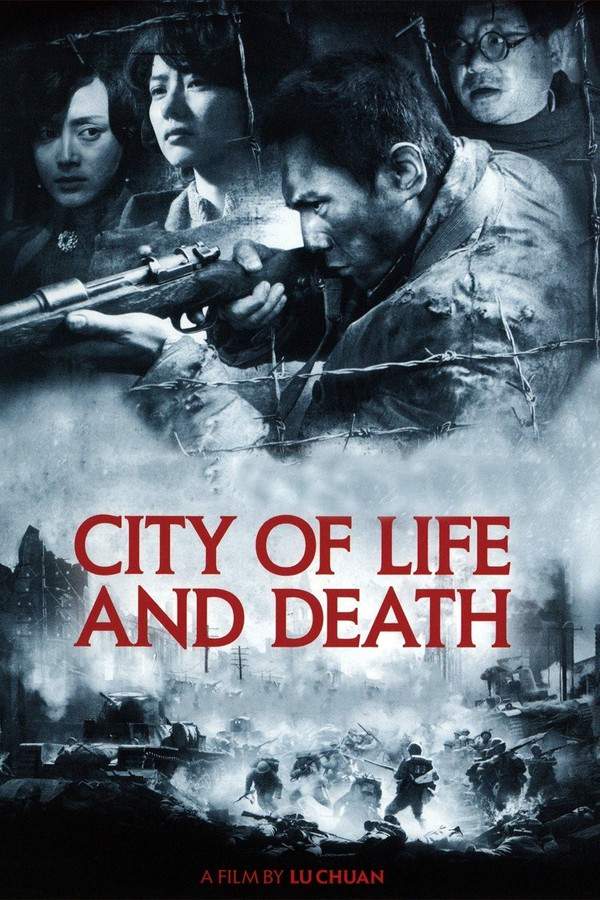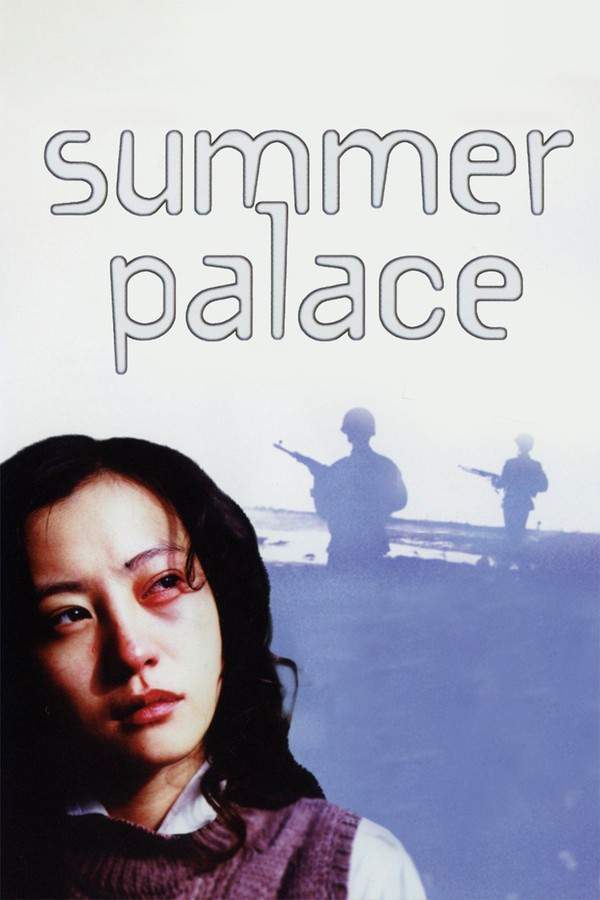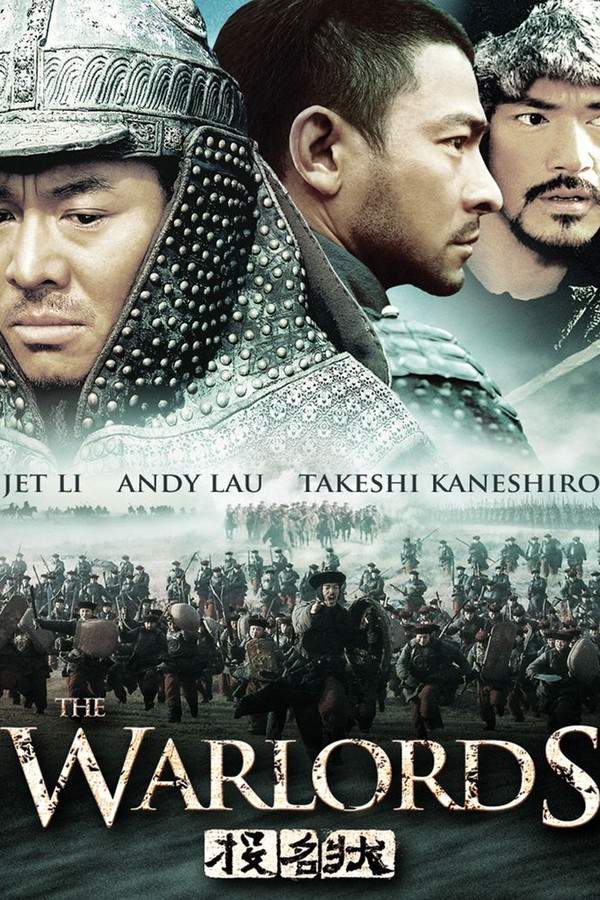
The Burning of the Imperial Palace
Year: 1983
Runtime: 88 mins
Language: Chinese
Director: Li Han-Hsiang
A dramatized account of the Second Opium War’s climax in 1860, when Anglo‑French forces marched on Beijing and looted the imperial Yuan Ming Yuan, the Old Summer Palace. The film portrays the siege, the pillaging of priceless artworks, and the palace’s ultimate destruction, highlighting the cultural loss inflicted upon China.
Warning: spoilers below!
Haven’t seen The Burning of the Imperial Palace yet? This summary contains major spoilers. Bookmark the page, watch the movie, and come back for the full breakdown. If you're ready, scroll on and relive the story!
The Burning of the Imperial Palace (1983) – Full Plot Summary & Ending Explained
Read the complete plot breakdown of The Burning of the Imperial Palace (1983), including all key story events, major twists, and the ending explained in detail. Discover what really happened—and what it all means.
In 1852, a 17-year-old girl named Yulan is chosen for the Imperial Harem during a triennial selection. Her beauty is renowned, yet a centuries-old vow tied to the Yehenara clan keeps her at a distance from the Xianfeng Emperor, Tony Leung Ka Fai, who is wary of stirring old rivalries with the Aisin Gioro clan. The court’s politics loom as a background to a personal destiny that will test loyalties, traditions, and the future of a nation.
Everything shifts when the Emperor hears a song sung near the palace and is drawn to Yulan’s temperament in the Yuanming Garden. He falls in love, and over the course of a single year, she rises from a concubine to a noble consort after giving birth to his only son. Their marriage unfolds away from the public gaze, often within the tranquil confines of the Yuanming Garden, where the Emperor even guides her in how to respond to regional officials’ reports, blending intimate affection with the responsibilities of rule.
As foreign powers advance, Yulan steps into a more assertive political role. She collaborates with Prince Gong, Zhang Tielin, to advocate for peace with Western powers, challenging the prevailing military hardline. Their dialogue at a crucial meeting, presided over by the Emperor, marks a shift in how China might engage with the outside world. The idea of peace, once dismissed by many officials, gains traction, and the Emperor accepts her counsel to pursue negotiations at Tungchow, where a heavily armed Qing Army is stationed and the risk of conflict looms large.
The diplomacy scene broadens to the Tongzhou frontier as British envoy Harry Parkes pushes for a spectacular entry into Peking and refuses to bow to the Qing Emperor. The standoff intensifies when Sengge Rinchen, who had already faced defeats at earlier battles, asserts Qing strength in a daring display that culminates in Parkes’s defeat and the capture of the foreign delegations. Yet the momentum does not translate into sustained success; the Qing Army suffers crushing losses at the Battle of Palikao, and the capital’s fate hangs in the balance.
With Palikao fallen, the Xianfeng Emperor is forced to flee to the Summer Resort in Jehol, entrusting Prince Gong with the lead in negotiations. The foreign powers seize the moment, and the capital buckles under the weight of European and British forces, who march into the city with relatively little resistance. In the chaos, a determined peasant family volunteers to defend the city and succeeds in causing heavy casualties among the invaders, as Qing officials watch the landscape of power unravel.
The advance continues as the joint expeditionary force overruns the Yuanming Garden, turning it into a ground of confrontation rather than retreat. The sacking and destruction that follow—ordered by Lord Elgin—result in a fire that endures for three days, marking a devastating blow to the once-great palace complex that stood at the heart of imperial life. The ruins become a stark symbol of the period’s upheaval.
The narrative closes with a painful reflection: the ruins of Yuanming Garden stand as a lasting reminder of a time of national humiliation, a turning point where tradition met modern forces and the balance of power shifted forever.
Last Updated: November 22, 2025 at 16:00
Unlock the Full Story of The Burning of the Imperial Palace
Don't stop at just watching — explore The Burning of the Imperial Palace in full detail. From the complete plot summary and scene-by-scene timeline to character breakdowns, thematic analysis, and a deep dive into the ending — every page helps you truly understand what The Burning of the Imperial Palace is all about. Plus, discover what's next after the movie.
The Burning of the Imperial Palace Timeline
Track the full timeline of The Burning of the Imperial Palace with every major event arranged chronologically. Perfect for decoding non-linear storytelling, flashbacks, or parallel narratives with a clear scene-by-scene breakdown.

Characters, Settings & Themes in The Burning of the Imperial Palace
Discover the characters, locations, and core themes that shape The Burning of the Imperial Palace. Get insights into symbolic elements, setting significance, and deeper narrative meaning — ideal for thematic analysis and movie breakdowns.

Similar Movies to The Burning of the Imperial Palace
Discover movies like The Burning of the Imperial Palace that share similar genres, themes, and storytelling elements. Whether you’re drawn to the atmosphere, character arcs, or plot structure, these curated recommendations will help you explore more films you’ll love.
Explore More About Movie The Burning of the Imperial Palace
The Burning of the Imperial Palace (1983) Scene-by-Scene Movie Timeline
The Burning of the Imperial Palace (1983) Movie Characters, Themes & Settings
The Burning of the Imperial Palace (1983) Spoiler-Free Summary & Key Flow
Movies Like The Burning of the Imperial Palace – Similar Titles You’ll Enjoy
City of Life and Death (2011) Film Overview & Timeline
Summer Palace (2008) Plot Summary & Ending Explained
Jing Ke ci Qin Wang (1999) Film Overview & Timeline
The Last Emperor (1987) Spoiler-Packed Plot Recap
Warlords (2010) Story Summary & Characters
The Warlords (2007) Detailed Story Recap
The Banquet (2006) Detailed Story Recap
The Great Wall (1962) Film Overview & Timeline
City of Life and Death (2009) Full Movie Breakdown
The Emperor’s Shadow (1996) Spoiler-Packed Plot Recap
The Great Conqueror’s Concubine (1994) Complete Plot Breakdown
Burning Paradise (1994) Story Summary & Characters
55 Days at Peking (1963) Full Movie Breakdown
The Opium War (1997) Plot Summary & Ending Explained
The Opium Wars (1959) Full Summary & Key Details
















